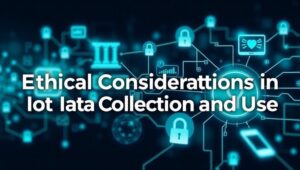June 3, 2025
The Intersection of Biotechnology and Cybersecurity (Bio-Hacking 2029)
The Intersection of Biotechnology and Cybersecurity (Bio-Hacking 2029) In an increasingly interconnected world, the boundaries between technology and biology are blurring. Biotechnology, with its advancements in genetic engineering, personalized medicine, and bio-integrated devices, holds immense promise for improving human health and well-being. However, this progress also introduces novel cybersecurity risks that must be addressed proactively. This article delves into the intersection of biotechnology and cybersecurity, exploring the potential threats and outlining strategies to secure our bio-future. The Convergence of Biotech and Cybersecurity The convergence of biotechnology and cybersecurity stems from the increasing reliance on digital systems in biological research, healthcare,











